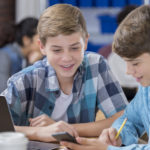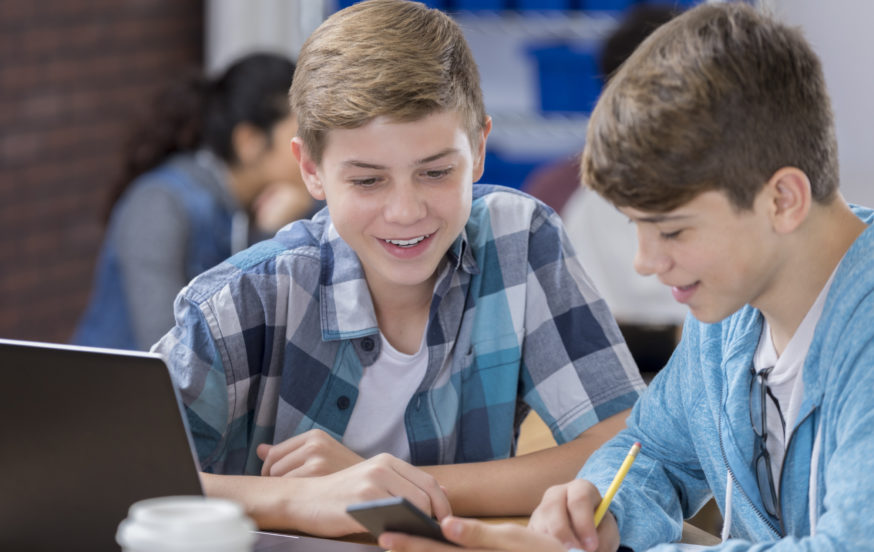An effective learning activity has the power to ignite a lifelong interest in a particular subject area. By going beyond the printed page, students learn through their direct experiences and develop a genuine connection with the subject matter. This is often referred to as experiential learning. The content becomes internalised as part of the student’s identity, through their individual experiences.
Here are a few ways to create opportunities for experiential learning in your next learning activity:
Encourage participation
Create opportunities for your students to try their hand at something and interact with various materials. When activities are hands-on, requiring students to use their different senses to examine a topic and creatively piece together a solution, they’ll be engaged in new ways. Giving students opportunities to interact with and teach each other also fosters a classroom of active learners. Plus, some students love to be the teacher for a day!
Make the most of group work by specifically selecting students for groups based on their strengths and assign each student a clear responsibility. You may even focus on the end result or product and let your students discover the process for themselves.
Establish the objective
Before you get your learning activity underway, it pays to clearly communicate the learning objective and its relevance in the real world. This helps students to build an intrinsic motivation towards their studies. Whether you’re simulating a biological process or re-enacting historical events, by linking the knowledge with its implications today, students find a sense of meaning in what they’re learning.
Appeal to different learning styles
Within any classroom is an array of undiscovered talents. Different students learn best in different ways, and you want to be sure you’re meeting everyone’s needs. Offering learning activities that appeal to different styles will also help you understand the different competency levels and individual needs in your classroom. Auditory learners may appreciate read-aloud activities or audio books; visual learners may understand concepts best when information is presented in a graphic organiser; kinaesthetic learners might want to build bridges out of popsicle sticks to understand structural engineering.
Facilitate reflection
Ensure learning sticks with students by revisiting newly introduced objectives and concepts the next day, the next week, and even into the next unit! Active reflection has been shown to encourage deeper learning and personal growth. Students become more self-aware and appreciate the experience they have had through the reflective process. Reflection is also a good way to reinforce the real-world connections of educational content.
By leveraging these techniques, your students will develop their creativity, social skills, and ability to approach challenges critically and with confidence.
For more inspiring teaching tools, check out our free teacher resources, available for download here!



